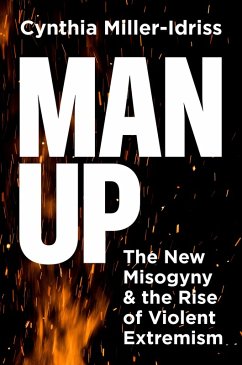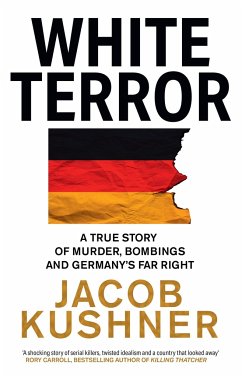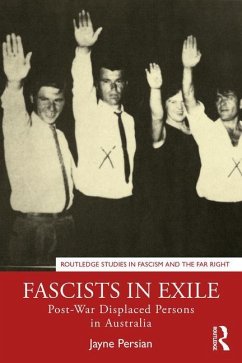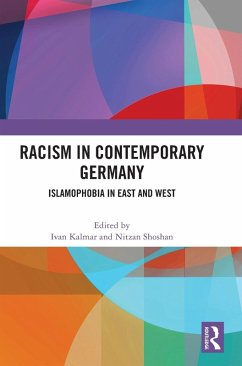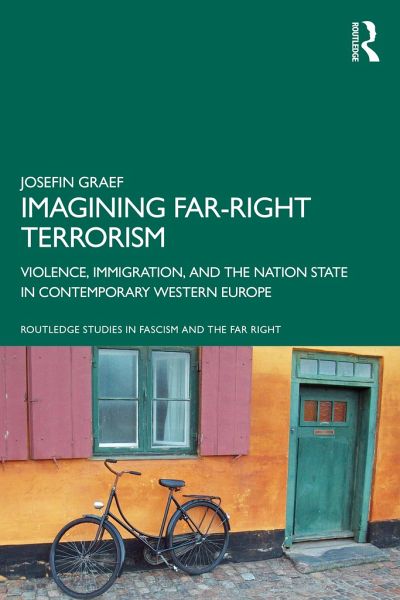
Imagining Far-Right Terrorism
Violence, Immigration, and the Nation State in Contemporary Western Europe
Versandkostenfrei!
Versandfertig in 6-10 Tagen
42,99 €
inkl. MwSt.
Weitere Ausgaben:

PAYBACK Punkte
21 °P sammeln!
Imagining Far-right Terrorism explores far-right terrorism as an object of the narrative imagination in contemporary Western Europe.Western European societies are generally reluctant to think of far-right and racist violence as terrorism, but the reasons for this remain little understood. This book focuses on the extraordinarily complex case of the National Socialist Underground (NSU) in Germany, and high-profile instances of racist violence in Sweden and Norway. The author analyses the narratives surrounding far-right and racist violence, drawing on a broad range of empirical sources. Her acc...
Imagining Far-right Terrorism explores far-right terrorism as an object of the narrative imagination in contemporary Western Europe.
Western European societies are generally reluctant to think of far-right and racist violence as terrorism, but the reasons for this remain little understood. This book focuses on the extraordinarily complex case of the National Socialist Underground (NSU) in Germany, and high-profile instances of racist violence in Sweden and Norway. The author analyses the narratives surrounding far-right and racist violence, drawing on a broad range of empirical sources. Her account attributes the limits of imagining violence as far-right terrorism to elite practices of narrative control that maintain positive images of the liberal-democratic order in counterpoint to its two constitutive "others" - the far-right and racialised minorities. Situated broadly within the scholarly tradition of critical terrorism studies, the book breaks new ground in research on far-right terrorism by following its narrative traces across time, public spaces of contestation, and national borders. It also draws on material and findings originally written in German, Swedish, and Norwegian, which were previously not available in English.
This much-needed volume will be of particular interest to students and researchers of terrorism and political violence, right-wing extremism, European politics, and communication studies.
Western European societies are generally reluctant to think of far-right and racist violence as terrorism, but the reasons for this remain little understood. This book focuses on the extraordinarily complex case of the National Socialist Underground (NSU) in Germany, and high-profile instances of racist violence in Sweden and Norway. The author analyses the narratives surrounding far-right and racist violence, drawing on a broad range of empirical sources. Her account attributes the limits of imagining violence as far-right terrorism to elite practices of narrative control that maintain positive images of the liberal-democratic order in counterpoint to its two constitutive "others" - the far-right and racialised minorities. Situated broadly within the scholarly tradition of critical terrorism studies, the book breaks new ground in research on far-right terrorism by following its narrative traces across time, public spaces of contestation, and national borders. It also draws on material and findings originally written in German, Swedish, and Norwegian, which were previously not available in English.
This much-needed volume will be of particular interest to students and researchers of terrorism and political violence, right-wing extremism, European politics, and communication studies.





